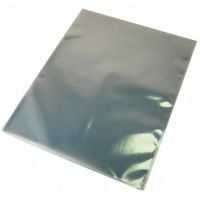13
5
We're developing software for bluetooth devices. We'd like to test the case when the device gets out of range, but don't want to carry the device to the other end of the office for each test.
What is the easiest solution to block/shield bluetooth signals? Are there any containers that can be purchased off the shelf which bluetooth will not penetrate?



Did you ever solve this? – Ashley Coolman – 9 years ago
2Maybe you could just lower it out the window on a string? – MetaGuru – 14 years ago
3...great until it gets stolen by a passer-by! – Linker3000 – 14 years ago